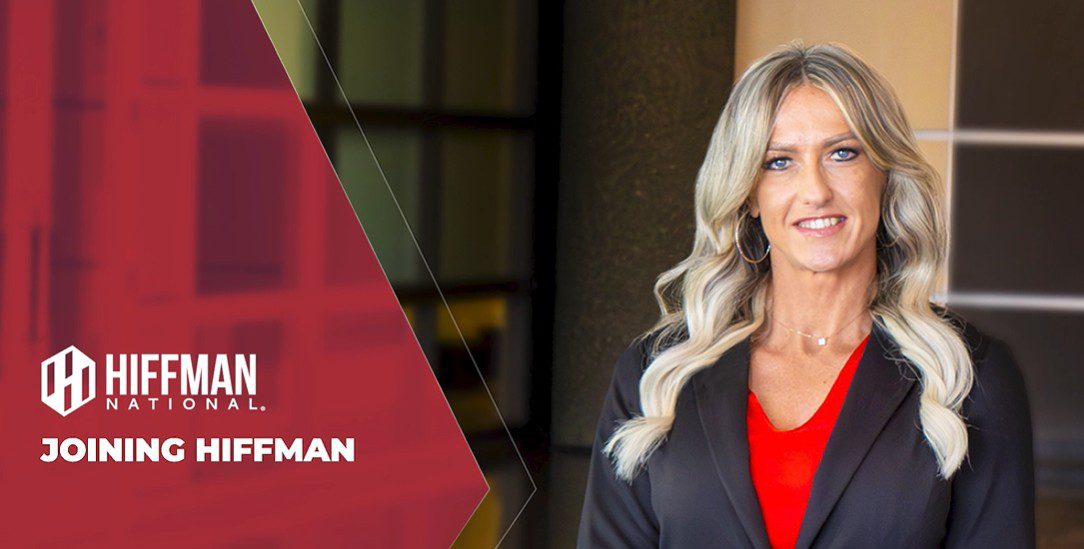July 2025
Managing The Modern Class A CBD Building: Costs, Challenges and the Role of Property Managers

After several turbulent years, the U.S. office market is finally regaining its stride. According to research from Hiffman National, tenants signed roughly 81M SF of new leases in the first quarter — about 35% above the pandemic trough in mid-2020 and roughly a third higher than the average quarterly volume recorded during that low-point stretch. It also marks the fourth straight quarter that leasing has held above the 80M SF threshold, underscoring that demand isn’t just bouncing but stabilizing at healthier levels.
Downtown towers, however, still face an uphill climb. The same Hiffman research showed that vacancy in U.S. central business districts is hovering around 20%, nearly 8 percentage points higher than before the pandemic. With many firms still favoring lower-cost suburban footprints, CBD landlords must juggle the hefty investments required to deliver the amenities today’s tenants expect while contending with thinner cash flows and intensified competition from newer suburban product.
How can owners deliver what today’s tenants are expecting without breaking the budget? What even defines a Class-A CBD building in 2025, and what does it take to keep it stable? To answer these questions, Bisnow spoke with Carrie Szarzynski, senior managing director and head of management services at Hiffman National.
Defining the Modern Class A – CBD Building
Szarzynski said that the defining quality of a modern Class-A office building in a CBD today is whether a building has money — if it can do deals, finance tenant improvements, pay lease commissions and isn’t at risk of going into receivership.
“Tenants want to know if a building is cash-owned or if it’s in good shape with the lender, which can be easily confirmed for brokers and tenants alike, and whether the owner of the building is able to provide the necessary lease accommodations,” she said.
Challenges Owners are Facing
Even if a building checks all those initial boxes, that doesn’t mean owners aren’t struggling to find and retain tenants while securing their property’s financial health, Szarzynski said. While companies may be returning to the office, few are doing so five days a week, instead still adopting a hybrid approach. These reduced occupancies, paired with increased interest rates, are making it more difficult for an owner to have a stable asset with a strong net operating income.
Despite common industry assumptions, a building doesn’t need to be 95% occupied to be stable, Szarzynski said. A less occupied building can still have an impressive NOI, as long as it has a diversified rent roll, ensuring that all abatements and lease expirations aren’t occurring at the same time.
The main issue is that with the uncertainty of today’s economy, most tenants are signing shorter-term leases of five years or so that will result in a lower per-square-foot tenant improvement allowance, she said. The fact that most construction costs around $150 per SF, not including the cost to relocate, has tenants reconsidering relocating, with a renewal option being more affordable.
A Proactive Approach
To attract tenants while staying financially stable, many owners are proactively building spec suites and investing in their buildings themselves, Szarzynski said. For that same $150 per SF, clients are building out smaller spaces, including furniture, typically under 10K SF. In this example, they can amortize that cost over 10 years. Even if a tenant moves out after the initial five-year term, the turnover cost to repaint, clean the carpet and furniture is much lower, and owners are likely to lease the space ”as is” for another five years.
She added that owners have been able to purchase buildings with cash at a significant discount due to the current office environment. This has left building owners with the funds needed to make common-area renovations, including adding or improving amenities that will attract tenants.
“It’s about looking at the building holistically and saying, ‘What changes can we make to enhance the tenant experience?’” Szarzynski said.
The Role of Property Managers
Property managers play a crucial role in helping today’s Class-A office owners balance tenant needs and asset financial goals, Szarzynski said. Property managers are often the ones building relationships with tenants. They can also orchestrate cost-effective ways to bring more to tenants, whether that is a yoga class or a sound bath in the fitness center, a book fair or jewelry sale in the lobby, or even adding a signature scent or sound to the building lobby.
“In the end, it’s about community,” she said. “Finding a way to make people feel like they’re part of something bigger, giving them multiple things to look forward to during their workday. You’re building those relationships, you’re creating new experiences, and you’re doing it through the property manager who’s already on-site.”
She said that property managers can also help owners analyze where they could be cutting costs, from window cleaning schedules to reviewing vendor contracts and rates.
“Every building is different, but there is always an opportunity to think operationally about how you’re running the building, what the client’s goals are, the challenges they’re facing, all while working to help an owner maintain the financial stability of the asset,” Szarzynski said. “Many don’t realize that property managers can be the partner an owner needs to help achieve their goals.”
She gave an example of one Hiffman client who had a tenant that was moving out of 70K SF. Hiffman’s property management team worked with that tenant while it was building out its other space and got it to agree to some short-term renewals at the current property. Additionally, the client asked the property managers to help it save a set amount of money. The team worked together, sitting down with the budget, combing through each line item, providing a list of options to reduce expenses, and eventually saving the client more than its original request.
Another client had a lender who was sweeping its account, removing unspent funds monthly. The Hiffman property management team went in and identified necessary property expenses and ensured those funds were spent in a thoughtful way and there weren’t too many projects budgeted in a time frame that would make it difficult to complete the work promptly.
Szarzynski said the key to success in today’s market is to be flexible and adjust to the new realities building owners face. This is why Hiffman employs an in-house receiver, which can also step in and help owners and banks that find themselves in need of that support.
“This is what really makes us different — we have all of these services in-house, and we continually enhance these services for our clients to make their lives easier,” she said. “If a client is looking to figure out what their five-year plan is, we can bring in a variety of team members across our management, advisory and brokerage business to help provide a thoughtful and strategic plan, allowing for a strong financial future for each asset. That level of partnership is critical in today’s environment and the future to help owners navigate the unknown that is ahead.”
About NAI Hiffman:
NAI Hiffman is one of the largest independent commercial real estate services firms in the US, with a primary focus on metropolitan Chicago, and part of the NAI Global network. We provide institutional and private leasing, property management, tenant representation, capital markets, project services, research, and marketing services for owners and occupiers of commercial real estate. To meet our clients’ growing needs outside of our exclusive NAI Hiffman territory, we launched Hiffman National, our dedicated property solutions division, which provides property management, project services, and property accounting services across the country. NAI Hiffman | Hiffman National is an award winning company headquartered in suburban Chicago, with more than 275 employees strategically located throughout North America.
About Hiffman National:
Hiffman National is one of the US’s largest independent commercial real estate property management firms, providing institutional and private clients exceptional customized solutions for property management, project management, property accounting, lease administration, marketing, and research. The firm’s comprehensive property management platform and attentive approach to service contribute to successful life-long relationships and client satisfaction. As a nationally bestowed Top Workplace, and recognized CRE award winner, Hiffman National is headquartered in suburban Chicago, with more than 275 employees nationally and an additional six hub locations and 25 satellite offices across North America.


